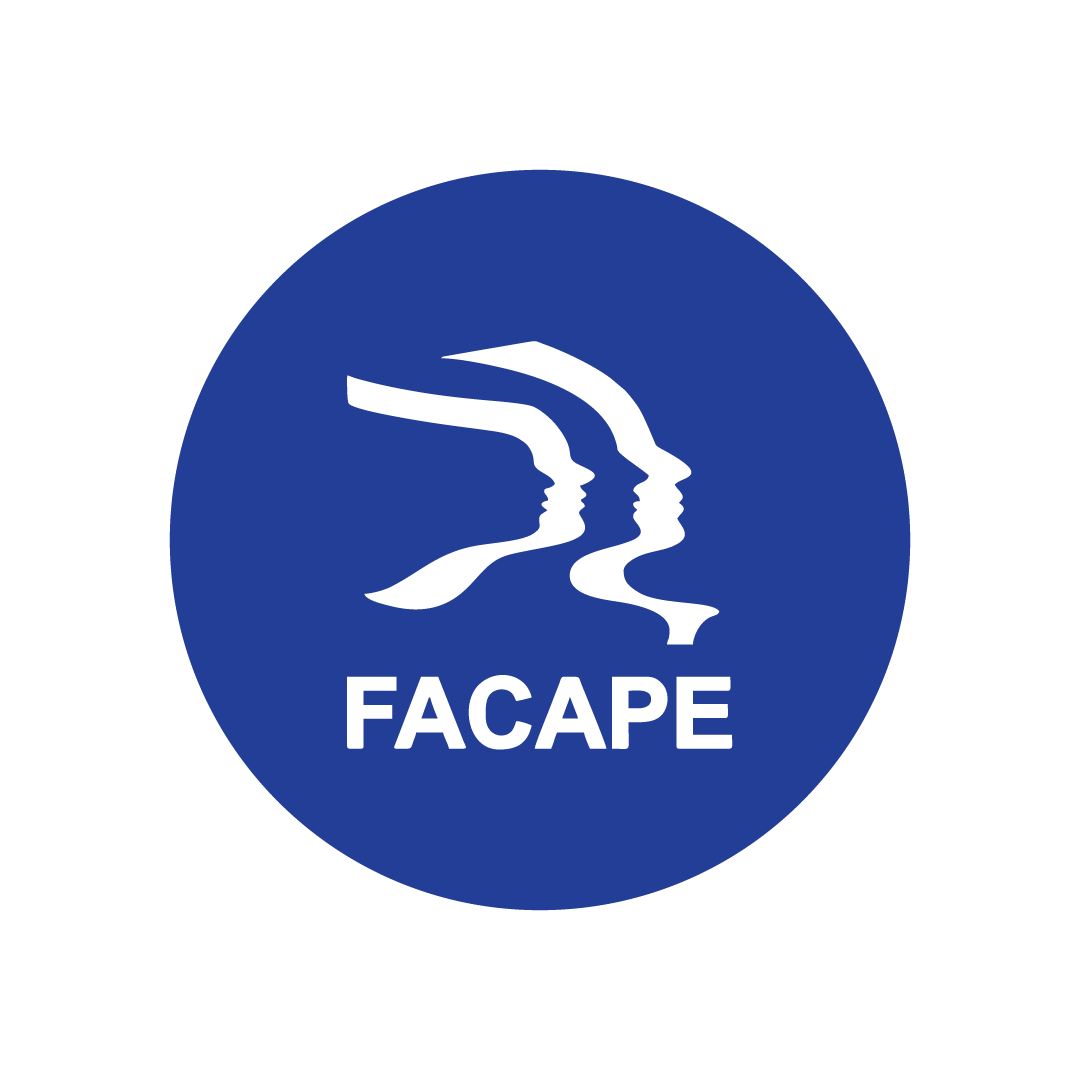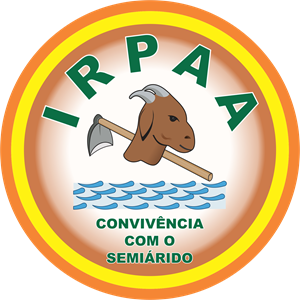Guidelines for Reviewers
APPRAISAL GUIDELINES
GUIDELINES FOR APPRAISERS
- Access the system on the Revista Verde - Green Journal website, enter your login and password.
- On the “User page” the enabled functions will appear. Click on the "Evaluator" function. All works submitted for evaluation will appear.
- Click on the title you want to rate, and another window will open:
- Submission awaiting evaluation
- Evaluation schedule
- Guidelines for assessment
In Guidelines for Assessment, proceed as follows:
In step 1 , click on the email icon to notify the editor about your availability or not to review the manuscript. If available, proceed to step 2.
In step 2 , next to “submission manuscript”, there is a number and some letters separated by dots and dash. Click on this link and you will be able to open, save or cancel (choose “save” to copy the manuscript to your computer and evaluate it).
Once the assessment is done, return to the system and proceed by answering what is requested.
In step 3 , click on the “comment” icon, next to the word “review”, and a box will open where you can enter the opinion for the author(s) and editors. The opinion should be guided by the following points:
- Manuscript number
- Date of Opinion
- Title
- Does the text promote an environmental or sustainable approach, from an interdisciplinary perspective?
- Does the text comply with the formats provided for in the Submission Rules?
- Does the abstract present all parts of the manuscript (objective, methodology and summary of results) and is it written impersonally?
- Is the text clear in its form, linguistic and structural, and in the constructed arguments?
- Does the text present a clear introduction, pointing out the objectives of the work?
- Are the reflections, the data presented and the ideas developed clear and well elaborated?
- Is the text written with theoretical-methodological rigor in order to make both the proposition and the analytical path clear?
- Does the text present clear conclusions, pointing out contributions to social and environmental themes and/or environmental sustainability in an interdisciplinary perspective?
- Does the text have adequate, sufficient and up-to-date references?
- Does the text present originality in the form of problematization and/or theoretical-methodological elements?
- On the whole do you classify the text as?
Comment on the text, justifying the reasons for accepting or rejecting the manuscript (relevance, scope, deepening of the theme, work structure, conclusions and contributions to the interdisciplinary and environmental area). Discuss the changes to be made, if necessary.
In step 4 , when making direct changes to the text you are analyzing (we suggest underlining them with another color), it is possible to send it to the authors as follows: in submitted documents, click on “browse”, select the file and transfer. Once that's done, save and close.
In step 5 , Recommendation, choose the one that best suits your opinion, select it and click on send evaluation to the Editor.
The system itself will inform us that you have completed the assessment.
Whenever you complete your activities in Revista Verde - Green Journal's Electronic System, go to the USER icon and click on exit the system.
EVALUATION SYSTEM - MANUSCRIPT ANALYSIS
1st STAGE: The first evaluation to be made on the submitted manuscripts corresponds to the first reading (desk-review) of the Editors-in-Chief to assess the pertinence and relevance of the submitted manuscripts, their adequacy to the scope of the journal, Submission Rules and aspects such as contribution and originality. Only the works considered by the editors as suitable for Revista Verde - Green Journal and, in particular, for the journal's readers, will proceed to the other stages of evaluation. Manuscripts rejected in this first stage may be submitted in another edition, as long as the problems are corrected. Papers that do not fit the described parameters are returned to the authors for adjustments, or a letter is sent to the authors informing them of non-acceptance.
Once approved at this stage, the editors-in-chief submit the work for peer review, adopting the double blind review format.
Manuscripts may take up to 8 (eight) weeks after submission to be processed at this stage.
2nd STAGE: In the double-blind peer review step, files without author identification will be sent to at least two Ad hoc Reviewers with experience related to the subject of the manuscript, and one Reviewer from the Scientific Advisory Board or Editorial Board. Reviewers will provide reports on the manuscript, usually within 12 (twelve) weeks. If reviewers do not provide consistent responses, editors will make a decision based on reviewers' reports or send the manuscript to other reviewers.
The convened reviewer must inform you as soon as possible whether the review can be completed within the stipulated period. If you cannot, please respond immediately with suggestions for alternative reviewers.
3rd STAGE: After peer review, the following procedures may occur:
Manuscripts approved without reservations, based on opinions, including the Editorial Board, are selected for publication. An acceptance notice is sent to the authors.
Manuscripts approved with reservations, despite having their merit confirmed by the referees, need adjustments. In this case, a communication is sent to the authors requesting such adjustments and adjustments. After being returned to the journal, the manuscripts are forwarded to the reviewers to verify that the requested adjustments have been made. Approval is subject to the proper performance of these adjustments. It should be noted that there is no guarantee of publication of the manuscript when adjustments are requested.
Manuscripts disapproved by the reviewers or Editorial Board will be reported to their authors with the opinion substantiated by the refusal. The editorial process ends.
This step lasts around 12 (twelve) weeks.
If there is a delay by the author to carry out the adjustments and corrections requested to the manuscript, this manuscript will be disconnected from editorial processing. The manuscript may be resubmitted for another edition, and the entire submission process must be restarted.
4th STAGE: Approved manuscripts are sent for editing and publication.
There is no guarantee that manuscripts accepted at any given time will be published exactly in the later edition. It may happen that the number of approved manuscripts is higher than the number that can be published in a given volume of the journal. It is up to the editors and the Editorial Board to define the publication priority according to the theme of an edition, or the need for an extra edition.
This step can take up to 6 (six) months.
Therefore, we ask authors to wait for the informed deadlines before contacting us to find out about the evaluation of the manuscript.
The journal will notify the author of its decision to accept or reject the manuscript. Acceptance generally depends on making changes in accordance with the comments of reviewers and editors. After acceptance, the manuscript will be submitted to grammar review, formatting, layout and editing.
CRITERIA FOR MANUSCRIPT ACCEPTANCE
The criteria and parameters listed below refer to the types of manuscripts accepted by the Revista Verde - Green Journal, as defined in the Submission and Rules of Procedure:
a) Scientific Article : manuscript derived from original research, dedicated to the publication of completed works or with partial conclusions, in the form of an article, resulting from original research or review. Articles must be unpublished in journals of any kind, as well as in book chapters (published or in press). Between 10 (ten) and 30 (thirty) pages.
b) Scientific note : category of scientific manuscript that describes a technique, a new species or observations and surveys of limited results, but with the same value as a scientific article, as it is based on its content and scientific merit. However, it may be a preliminary, simple and non-definitive work on a given subject, with publication justified by its originality and contribution to the area. Between 3 (three) and 15 (fifteen) pages.
c) Review : it is the narrative, descriptive or dissertation work, in which the properties of a given work are described, its conclusion, its methodology, the author's theoretical framework are presented, an evaluation of the work is presented. , the target audience is indicated. It must be synthetic, interpretive and critical. It is a critical summary of works in the areas of knowledge linked to social and environmental themes and environmental sustainability. Between 5 (five) and 15 (fifteen) pages.
d) Interview : space for the publication of opinions and/or statements of professionals in the areas of knowledge of Revista Verde - Green Journal that involve relevant socio-environmental issues, formulated in a succinct manner and with a restricted answer to the formulated question, with the indication of the person interviewed, title and summary of professional activities . Between 3 (three) and 15 (fifteen) pages.
e) Case and experience report : it is a description of an experience, practical process, execution of a service or extensive activity. Between 5 (five) and 20 (twenty) pages.
f) Theoretical essay : is the analysis of theoretical contents, taking into account the questions of existing models and the elaboration of hypotheses for future research. General specifications identical to those of the research reports Between 10 (ten) and 25 (twenty-five) pages.
g) Review literature : comprehensive review of literature on a subject of interest for the Magazines knowledge areas covering the journals of the main area at national and international level . Between 10 (ten) and 30 (thirty) pages.
h) Translation : adaptation or translation into Portuguese of unpublished works in Brazil, according to the types mentioned above. The translator must have and present an authorization document from the author or copyright holder for publication or use of the original work, if it is not in the public domain (70 years after the author's death), in accordance with the Berne Convention. Between 5 (five) and 40 (forty) pages.
CRITERIA FOR MANUSCRIPT REJECTION
Serious problem identified in the technical screening;
The manuscript contains elements suspected of plagiarism, or is currently under review by another journal;
The manuscript is not complete;
Language quality (spelling and grammar) is not sufficient for the peer review process;
Figures are incomplete or illegible;
The manuscript does not conform to the Revista Verde - Green Journal Authors' Guidelines;
References are incomplete or too old;
It does not fit into the Journal's Objectives and Scope;
It is incomplete.
The manuscript reports only a small extension of the literature published in other journals - it lacks novelty.
The language, structure or figures are so far out of bounds that merit cannot be judged. Ask a professional language reviewer to improve your writing prior to submission. In addition, we suggest that at least an experienced researcher review the content before submitting it.
If you have a conflict of interest with the manuscript or author. Impeding situations may occur for the evaluator, such as: being a past, current or estimated co-author, a current or past colleague, a former student or advisor, a close personal friend or family member, or has a financial relationship or dispute between the reviewer and the author. If so, the editor must decide to find a new evaluator.
GUIDELINES FOR APPRAISERS
The reviewer must provide expert advice to the editor on the quality of a manuscript, informing whether or not it is publishable. The evaluator issues the opinion and the editor decides. In the case of a recommendation for correction and resubmission, the reviewer must advise the editor of any changes the reviewer deems necessary to make the manuscript publishable.
The Misconduct of Assessors will be assessed by the Revista Verde - Green Journal, in accordance with the principles established for conduct by the VR Standards and scientific journal regulations, available at:
https://www.scielo.br/j/ci/a/Ntch65p4YJf4rbckkGQ5fWz/?lang=pt
http://memoria2.cnpq.br/view/-/journal_content/56_INSTANCE_0oED/10157/106200
https://www2.cbpf.br/downloads/o-cbpf/sobre/pdfs/2018/Guia-Boas-Praticas-Cientificas-CBPF.pdf
ISSUE OF OPINIONS
The evaluator must issue a substantiated opinion to be sent to the author of the manuscript; in addition to the evaluation letter addressed to the Editors-in-Chief. Above all, because there may be a need for information or opinions restricted to the Editors.
Adopt language and scientific criticism in your Manuscript Evaluation Report. Do not insult the authors or use overly emotional or accusatory language. Avoid attributing bad intentions to authors and focus on the substantive aspects of the manuscript. If there are signs of intellectual dishonesty, expose the facts rather than speculating by intent. If an accusation occurs, leave it to a message reserved for the editor. If you are aware that authors have behaved unethically with regard to submission (such as submitting essentially the same manuscript to multiple journals or plagiarism), notify the Revista Verde - Green Journal editor.
In the first paragraphs of the Opinion, the evaluator must present a concise summary of the claimed results, contributions and general reasoning of the work. Editors are typically not experts in the author's subfield or approach to the text, so it is important that this summary is clear. Only after that, resort to substantive questions about the importance and validity of the claimed results.
The Opinion must be consistent and in harmony with the Evaluation Letter. If you are making a rejection recommendation in the Review Letter, do not mislead the author into thinking you are recommending a review.
When completing the first version of the Opinion, read it carefully so that you have important contributions to improve the manuscript. Make strong arguments that can help the authors.
Avoid looking for evidence to support your opinion on the topic or issue addressed in the manuscript. The evaluator's task is to determine if the manuscript complies with the norms, brings news to the subject's state of the art and if it complies with the principles of research ethics.
If it is obvious that the manuscript is far below minimum quality and formatting standards, a short (one page) Opinion is acceptable. In these cases, do not write long texts to impress the editor, and send in your Opinion within a week. By quickly returning obvious rejection recommendations, if the editor does not agree with your review, he or she can turn to another reviewer without undue delay in the submission process.
Develop an Opinion with numbered comments. This helps in identifying the points.
The Opinion must have a cordial tone with the authors and, above all, it must be useful for the improvement of the evaluated manuscript. Therefore, clearly point out which weaknesses are identified and which ways to overcome them. Asking questions that help authors reflect on their work is a good strategy, as is suggesting additional reading. These readings should not serve as a means of leveraging reviewers' quotes.
Do your best on the first review. Promote assessments as if the process was a single round. You provide some comments and suggestions, respond to the authors, carefully evaluate the changes, and then the decision is made. Do not save suggestions for round two. If you raise a objectionable concern in the second round that could have been raised in the first round, it can complicate the entire editorial process. If the manuscript is good, it is okay to recommend acceptance or conditional acceptance in the first round.
OPEN PEER REVIEW
In line with the most current editorial practices that seek scientific ethics, Revista Verde - Green Journal promotes Open Science, as a way to increase the transparency, efficiency and responsibility of the review process.
In this sense, reviewers and editors of manuscripts accepted for publication are invited, at the end of each editorial process, to reveal their identities; and if there is agreement, their names will be published in the pre-textual elements of the journal.
AWARDS OF OUTSTANDING ASSESSORS
The evaluators who have the best performance in the evaluation processes, in compliance with these Evaluation Guidelines, will be honored with the Highlight award from Revista Verde - Green Journal, based on the following requirements:
- Number of evaluation opinions in the period;
- Quality of opinion, observing: 1) cordiality in dealing with authors; 2) relevance in indicating the strengths and weaknesses of the manuscript; 3) suggestions on how to overcome identified weaknesses and; 4) suggestion of extra literature, but not protocol (force unnecessary citations).
- Have an average evaluation time equal to or less than 30 days;
- Not having refused, or been omitting, the invitation to evaluate during the period;
- Opinion of the Editors-in-Chief and Executive Board on the opinions issued;
- Having issued an opinion late.
Observation:
Revista Verde - Green Journal may award the best reviewers through an honorable mention, merit certificate, or other form of award, at the discretion of the Editorial Board. The award may take place in a year other than the one evaluated.

































